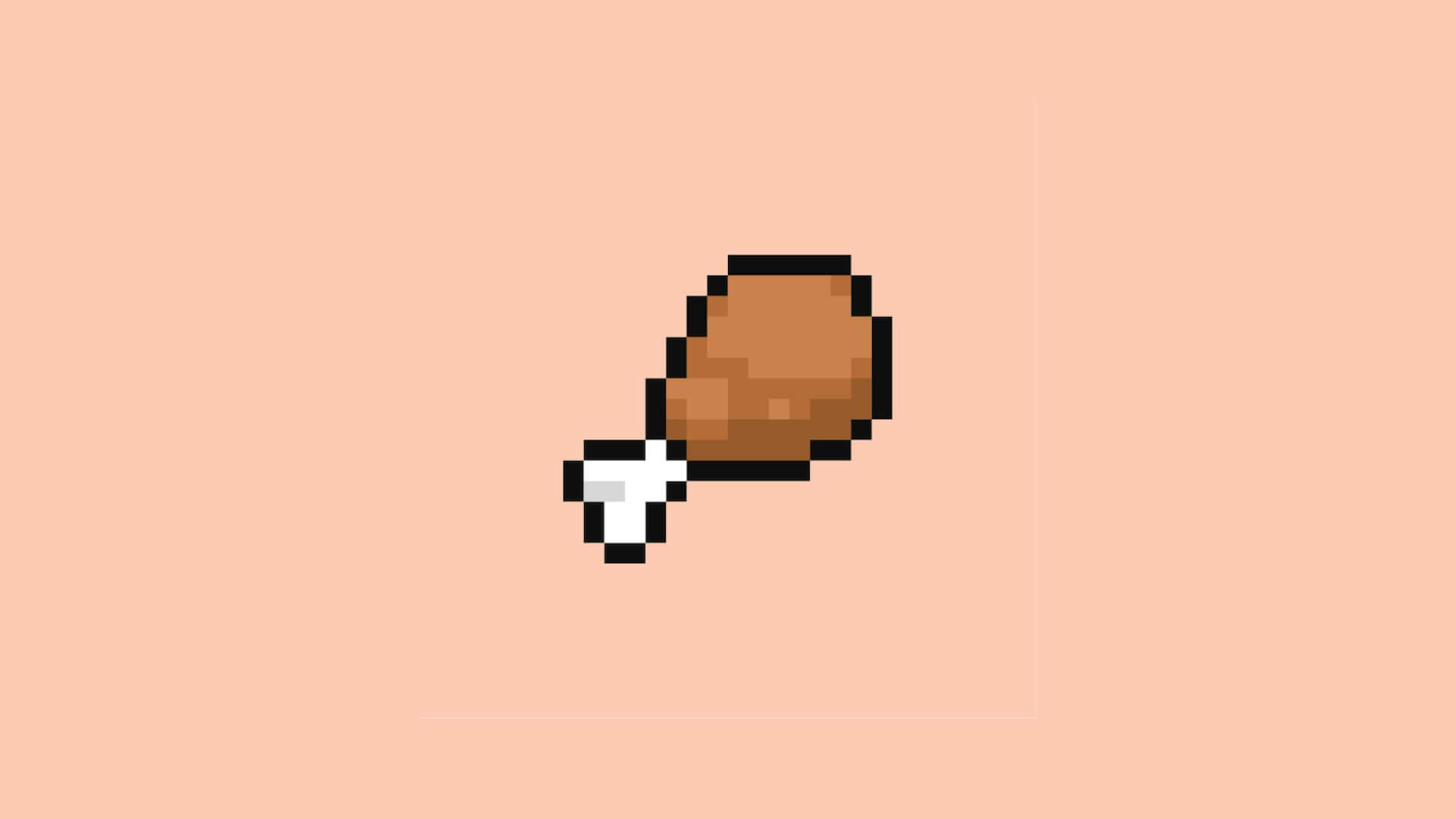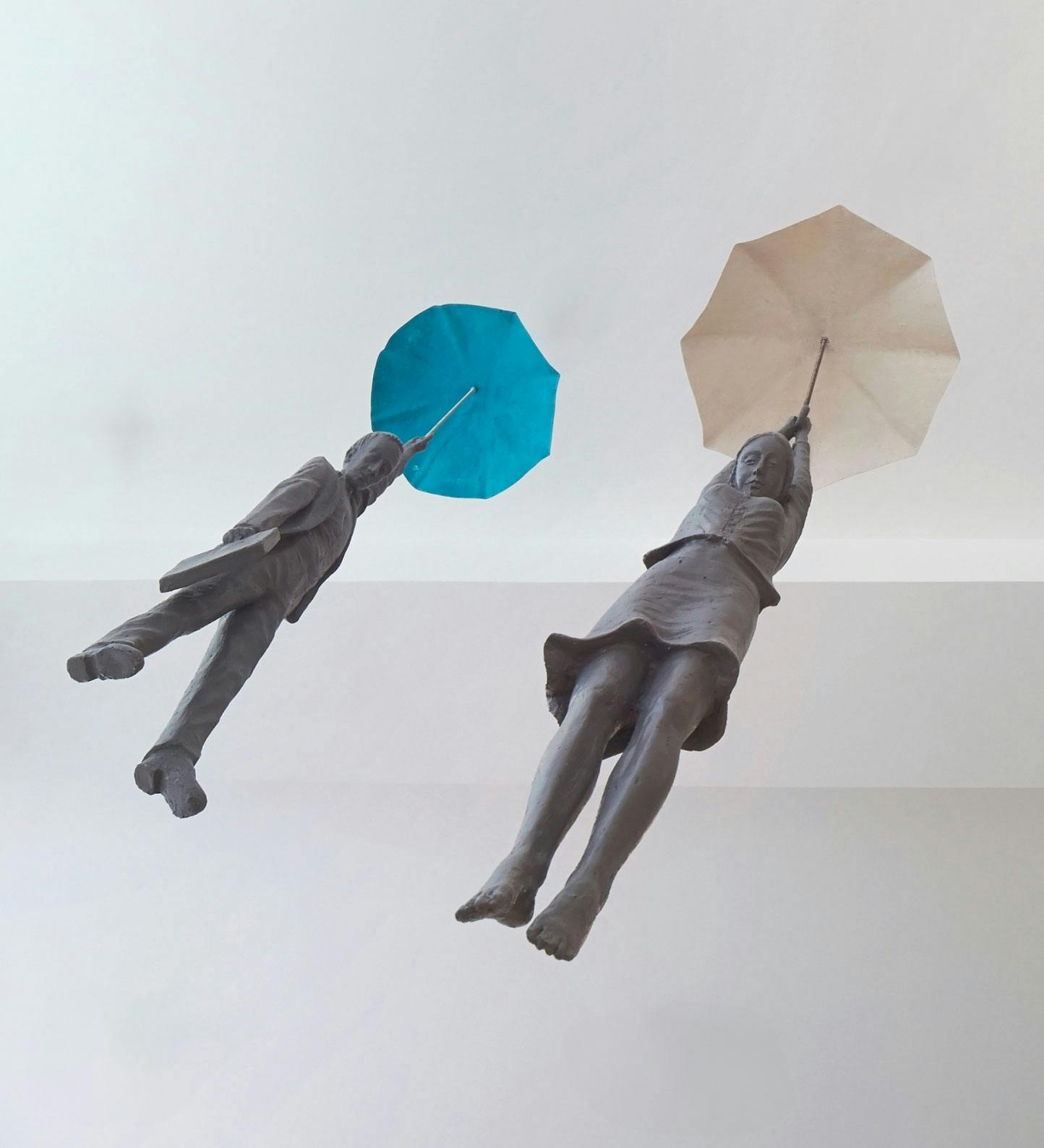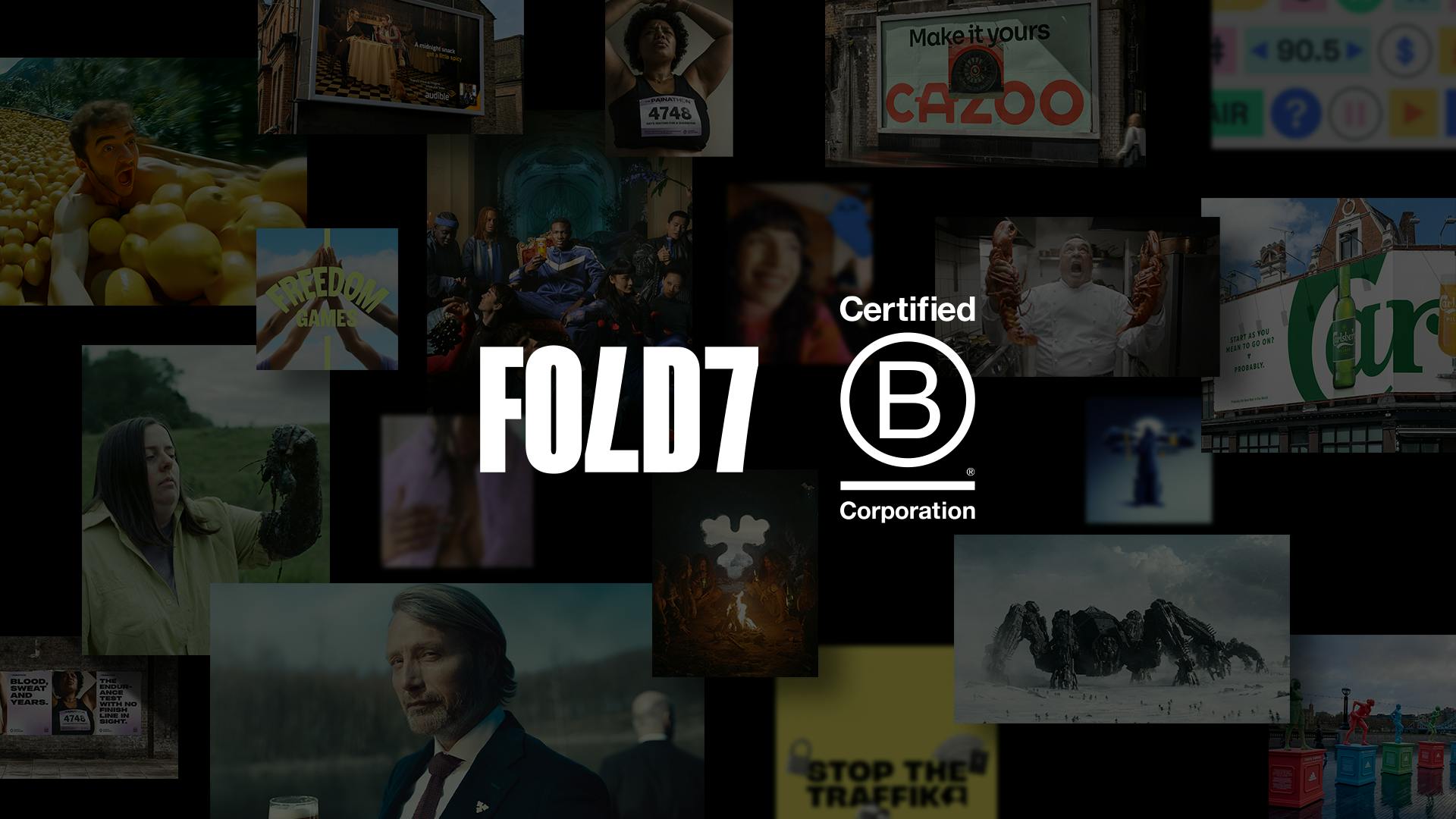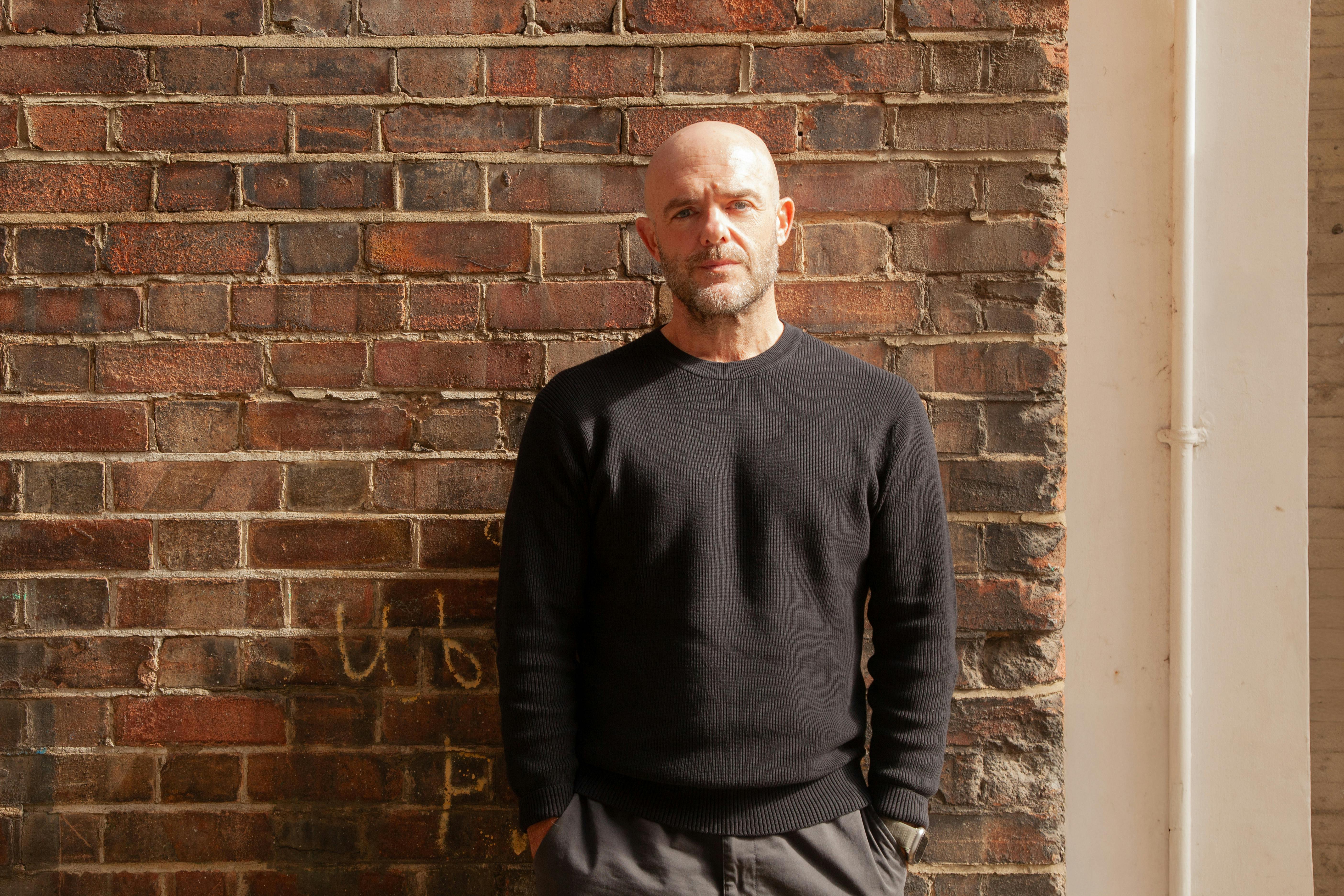

Louis Theroux & the diamond fried chicken
Written by Ben Pilgrim
I recently watched Louis Theroux charming his way ‘Theroux’ a fake date in a chicken shop. I love Louis Theroux. I love fried chicken. I love hearing a question answered with a question.
I was looking to ease myself into that safe warmth of mindless content until the interviewer asked this question: “Would he rather know Why or How?” This gave me pause. I don’t think I could credibly answer which I would pick. I love knowing Why things happen. But equally I can’t know that without the How. Similarly, once I know how something works, I have to know why it exists. It’s compulsive nosiness, positioned as curiosity.
It’s not just me though. For companies it’s just as important that the two work together. The strategy and delivery are as much a part of the answer as the creative What. Innovation is full of these Janus-faced characteristics and companies that leverage both are most successful; the creative and functional, the strategy and the delivery, the idea and the technology. Innovation is at once ontological and functional.
It is imperative because a Why without a How has no value. In their brilliant book, The other side of Innovation, Govindarajan and Trimble argue that for most companies innovation is the big idea rather than the fulfilment of that idea. Businesses seize upon an idea, pursue it, it fails, and the idea is abandoned. The next big idea is brought to the precipice and thrown off with the full expectation it’ll take flight. The idea is often not at fault for its failure to take off. If a process isn’t defined and an idea executed to that defined approach, success or failure is almost randomly determined.
Creative agencies can be living proof of this. The Why is argued over, the big idea poked, tweaked and reworked and even then, that is not enough. It needs execution. Agencies are execution machines. An agency that stands before a client and promises to projection-map their product onto the moon better damn-well have a big laser in storage.
The sudden coming-of-age of a plethora of ‘paradigm-changing’ technologies has given agencies new tools and tricks to make big ideas a reality. From experiential technology like mixed-reality, to blockchain-based innovations, the concepts we need to keep abreast of are constantly in flux. But by mastering the delivery, the Big Idea is leaking from the ring-fenced confines of campaigns and spreading to customer-facing products, services, and experiences. This is the How in action.
At the same time how many of these technologies have become buzzwords for briefs, ignoring their brand-fit? The How without the Why resulted at one point in every brand having an app, regardless of its utility or ability to measure up.
As part of our creative process at Fold7 we push our ideas to their limits. To accompany that we have developed an innovation process that ensures the Why and a How are balanced either of the fulcrum of What. This ‘triple diamond’ approach ensures we not only create ideas that are tested on their merits (rather than our execution) but also can scale to any level.
So, I’m left with my own Theroux-y response, answering a question with a question: can they be separated? If you have a Why without a How, can you make the idea work? If you have a How without a Why, is there a point to the project? But if you have both, is there any limit to where your Big Idea can go?
At the same time how many of these technologies have become buzzwords for briefs, ignoring their brand-fit? The How without the Why resulted at one point in every brand having an app, regardless of its utility or ability to measure up.
As part of our creative process at Fold7 we push our ideas to their limits. To accompany that we have developed an innovation process that ensures the Why and a How are balanced either of the fulcrum of What. This ‘triple diamond’ approach ensures we not only create ideas that are tested on their merits (rather than our execution) but also can scale to any level.
So, I’m left with my own Theroux-y response, answering a question with a question: can they be separated? If you have a Why without a How, can you make the idea work? If you have a How without a Why, is there a point to the project? But if you have both, is there any limit to where your Big Idea can go?
More Suggested Articles
Sign up to hear
more from us.
We'll add you to the mailing list so you can read our
latest news, views and cunning ideas.





